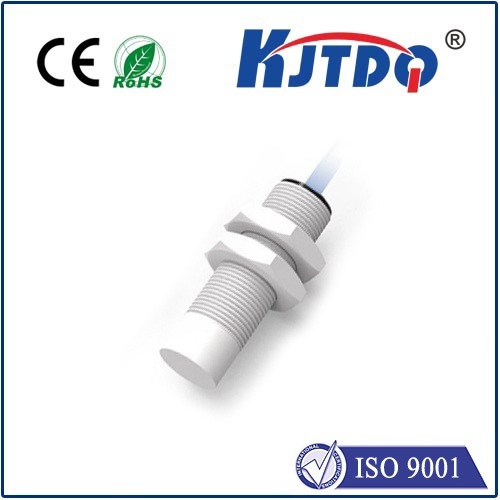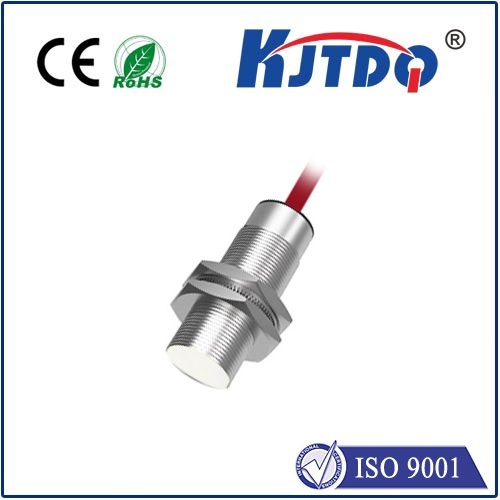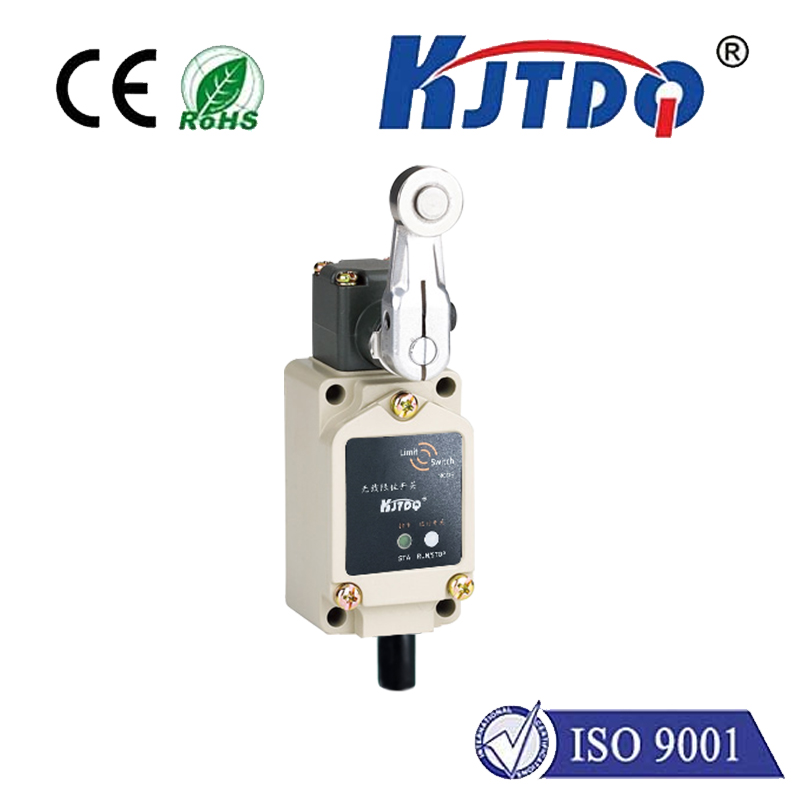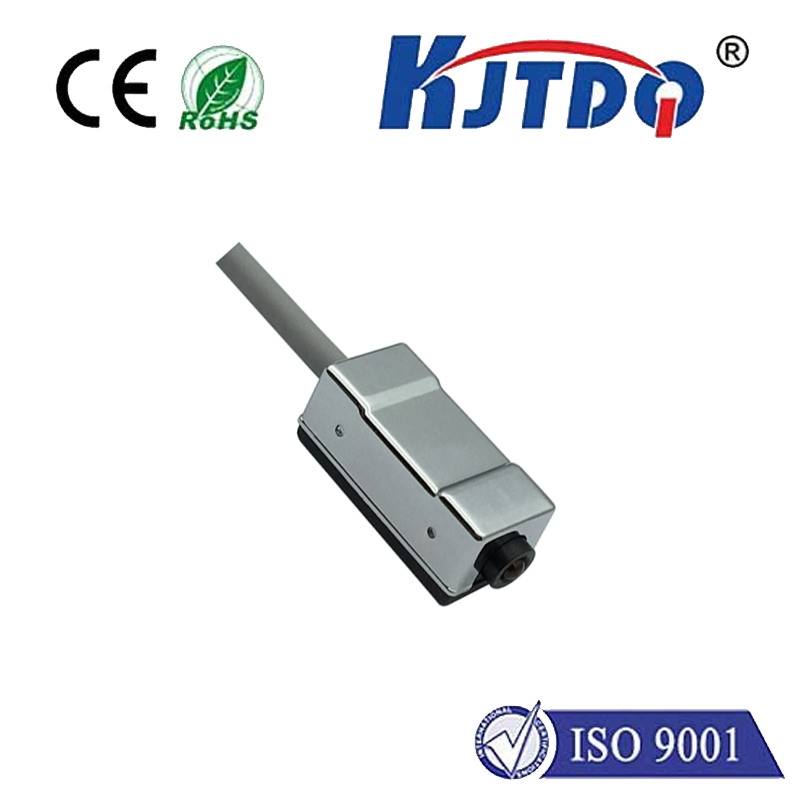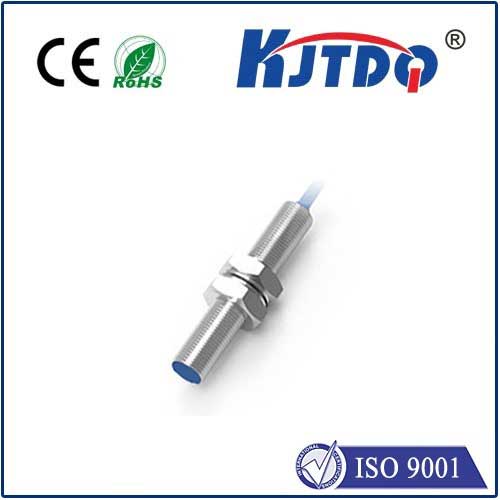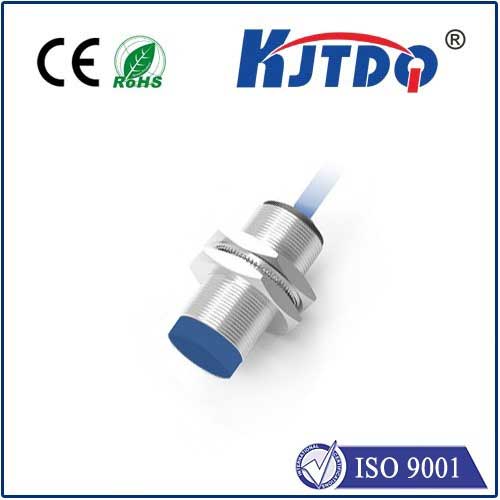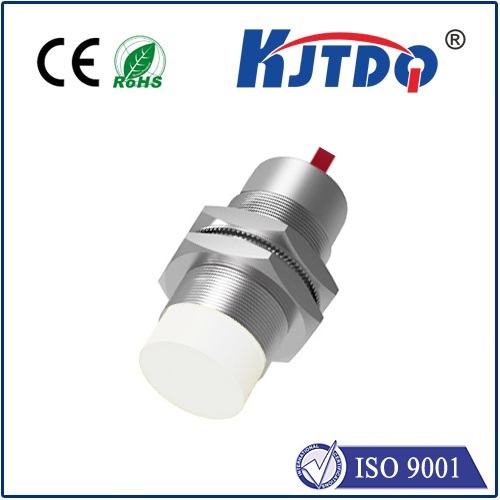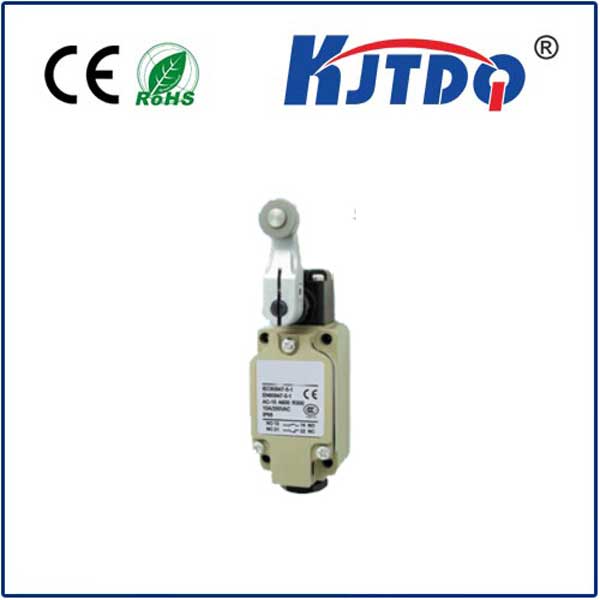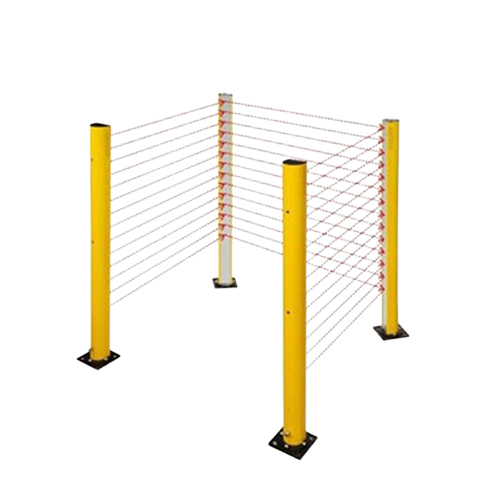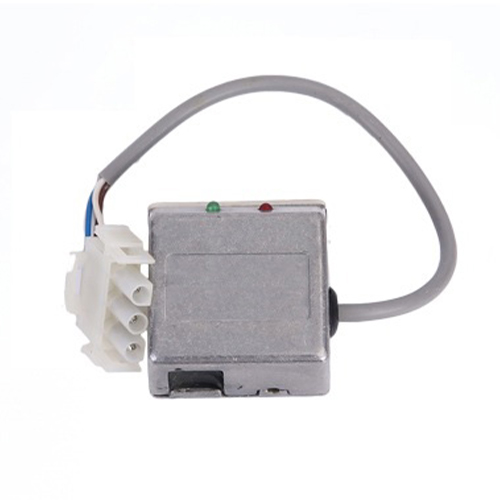

check

check

check

check

check

check

check

check

check

check
Laser Doppler Sensors: The Precision Powerhouse Behind Modern Motion Detection Imagine a world where machines can detect the slightest movement—a heartbeat through fabric, a vibration in a skyscraper, or the flow of blood in a vein—all without physical contact. This isn’t science fiction; it’s the reality enabled by laser Doppler sensors. These advanced devices are quietly revolutionizing industries from healthcare to aerospace, offering unparalleled accuracy in measuring velocity, vibration, and displacement. But how do they work, and why are they becoming indispensable in today’s tech-driven landscape? Let’s dive in.
At its core, a laser Doppler sensor operates on the Doppler effect—the same principle that explains why an ambulance siren changes pitch as it passes by. When a laser beam strikes a moving object, the reflected light undergoes a frequency shift proportional to the object’s velocity. The sensor detects this shift, converting it into precise measurements of speed or displacement. What sets these sensors apart is their non-contact nature. Unlike traditional mechanical sensors, they eliminate friction and wear, making them ideal for delicate or high-speed applications. For example, in semiconductor manufacturing, they monitor wafer alignment without risking contamination, while in automotive testing, they track tire vibrations at 200 mph.

Why are industries shifting toward laser Doppler sensors? Here’s what makes them stand out:
The next frontier for laser Doppler technology lies in IoT-enabled systems and AI-driven analytics. Imagine sensors that not only measure vibration but predict equipment failures using machine learning. Researchers at MIT recently demonstrated a prototype that integrates LDVs with neural networks to identify early signs of machinery wear—a breakthrough for predictive maintenance. Another exciting development is miniaturization. Companies like Polytec and Omron are shrinking sensors to fit into wearable devices, enabling continuous health monitoring or enhancing augmented reality (AR) experiences through motion tracking.
Selecting a sensor depends on your application’s needs:
From lab benches to factory floors, laser Doppler sensors are redefining precision measurement. As industries demand faster, safer, and smarter solutions, these devices will continue to evolve—bridging the gap between theoretical physics and real-world innovation. Whether you’re an engineer, a researcher, or a tech enthusiast, understanding this technology is key to staying ahead in an increasingly data-driven world.
